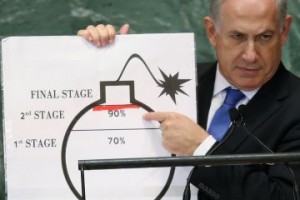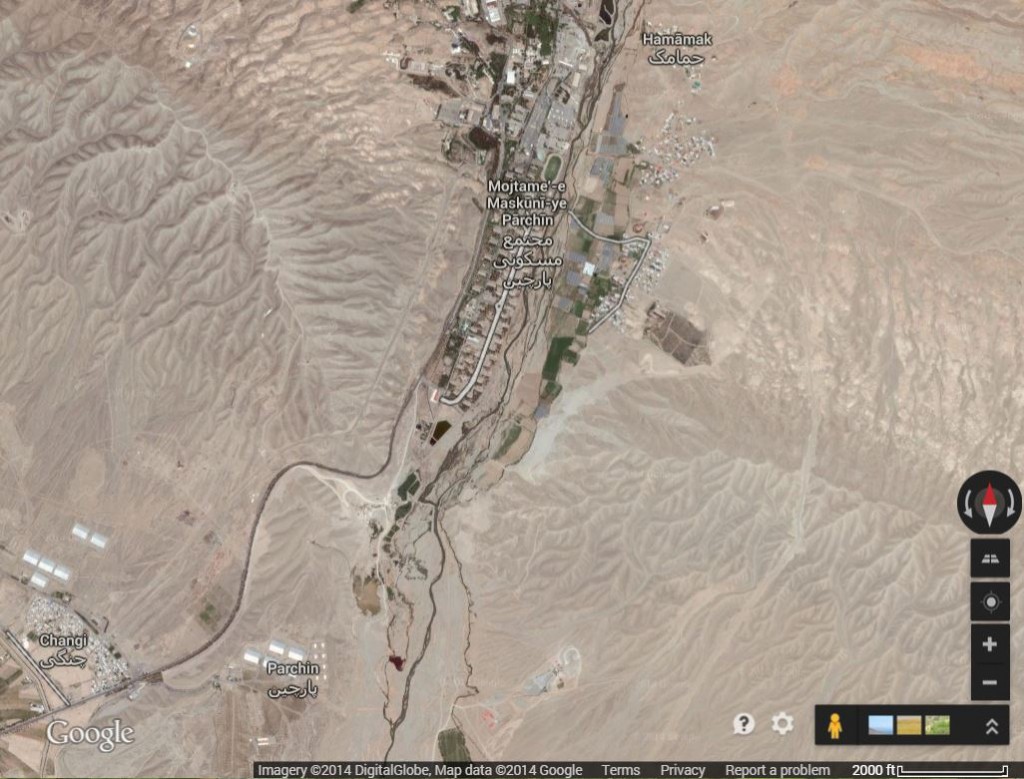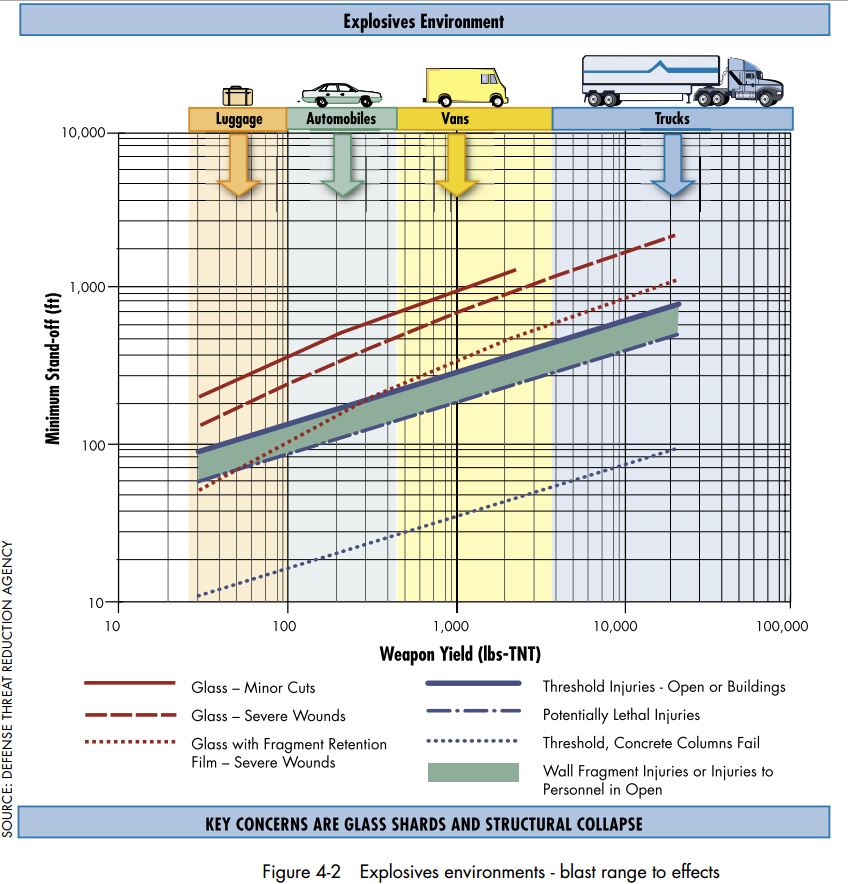Insanity Continues to Build Around Prospect of Iran Nuclear Pact
From the nature of the political feeding frenzy surrounding the ongoing P5+1 negotiations with Iran on Iran’s nuclear technology, it is hard to believe that the Joint Plan of Action under which the countries are now operating was extended last November through the end of June of this year. At the time of that extension, the US announced a goal of having the political framework of the final agreement worked out by March 1. That date has now slipped to March 31, but current negotiations are still aimed at getting the political framework in place before the final details get ironed out. But with Benjamin Netanyahu making a speech to a Joint Session of Congress next week and other assorted madness, one would think that we are in the last few hours of the negotiating window.
Of course, one of the groups most upset by the possible outcome of removing the US sanctions against Iran is the MEK. Their latest tantrum, yesterday, in which they tried to claim that they had discovered a new, secret uranium enrichment site, was mostly ignored by the world. Jeffrey Lewis was quick to dismiss the accusation.
I had noted yesterday that Dianne Feinstein and Richard Durbin had tried to give Netanyahu some bipartisany-ness during his visit by inviting him to a closed-door meeting with Senate Democrats, but Netanyahu declined the invitation, inexplicably claiming that meeting would lend a partisan nature to his nonpartisan appearance before Congress. Bibi also got slapped down, though, as his bid to get several Arab ambassadors to show up for his speech has been rejected outright.
Just as the US military hates to see peace break out somewhere where they could otherwise be arming and training freedom fighters, Iran’s military seems especially upset by the prospect of a deal with the West. The IRGC is so upset about what is going on that today they broke one of their biggest toys in a fit of rage. Just under a year ago, word came out that Iran was building a replica of a Nimitz-class US aircraft carrier:
Intelligence analysts studying satellite photos of Iranian military installations first noticed the vessel rising from the Gachin shipyard, near Bandar Abbas on the Persian Gulf, last summer. The ship has the same distinctive shape and style of the Navy’s Nimitz-class carriers, as well as the Nimitz’s number 68 neatly painted in white near the bow. Mock aircraft can be seen on the flight deck.
The Iranian mock-up, which American officials described as more like a barge than a warship, has no nuclear propulsion system and is only about two-thirds the length of a typical 1,100-foot-long Navy carrier. Intelligence officials do not believe that Iran is capable of building an actual aircraft carrier.
/snip/
Navy and other American intelligence analysts surmise that the vessel, which Fifth Fleet wags have nicknamed the Target Barge, is something that Iran could tow to sea, anchor and blow up — while filming the whole thing to make a propaganda point, if, say, the talks with the Western powers over Iran’s nuclear program go south.
Marcy had a bit of fun with the barge at the time, comparing it to our F-35 program.
But now, instead of waiting for the P5+1 talks to “go south”, the IRGC has chosen to destroy their target barge in war games that were launched today. And, just as predicted a year ago, the destruction of the barge was televised. From AP via the Washington Post:
State TV showed footage of missiles fired from the coast and the fast boats striking the mock U.S. aircraft carrier. The drills, which also included shooting down a drone and planting undersea mines, were the first to involve a replica of a U.S. carrier.
“American aircraft carriers are very big ammunition depots housing a lot of missiles, rockets, torpedoes and everything else,” the Guard’s navy chief, Adm. Ali Fadavi, said on state TV, adding that a direct hit by a missile could set off a large secondary explosion. Last month Fadavi said his force is capable of sinking American aircraft carriers in the event of war.
Here is a PressTV segment on the war games, complete with some footage of torpedoes hitting the barge:
Additional footage with more direct hits on the barge can be seen in this PressTV story.
The US Navy has now been sternly warned not to tow any barges into the Strait of Hormuz.
Meanwhile, more negotiations are scheduled for Monday.





